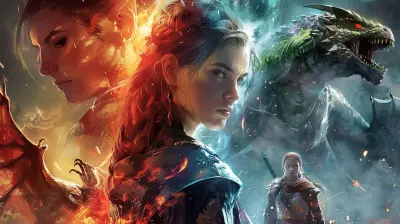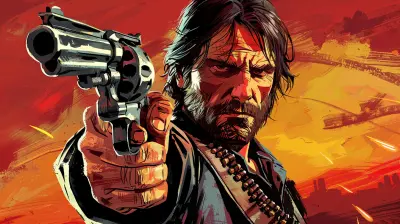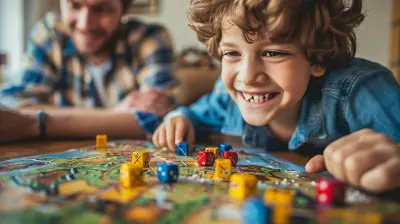The Power of Nostalgia in Indie Game Design
16 July 2025
Let me ask you a question: when was the last time a game transported you back to your childhood? You know, that warm, fuzzy feeling of pure joy when you held a controller for the first time or booted up your favorite old-school console? That feeling, my friends, is something indie game developers have learned to tap into like a hidden treasure chest. It’s called nostalgia. And it’s a powerful tool in indie game design.
In this piece, we’re diving headfirst into why nostalgia plays such a huge role in the indie gaming scene, how it resonates with players on an emotional level, and why it’s far more than just slapping pixel art on a screen. So, grab your SNES-shaped mug, settle in, and let’s talk about the magic of gaming’s past influencing the games we love today.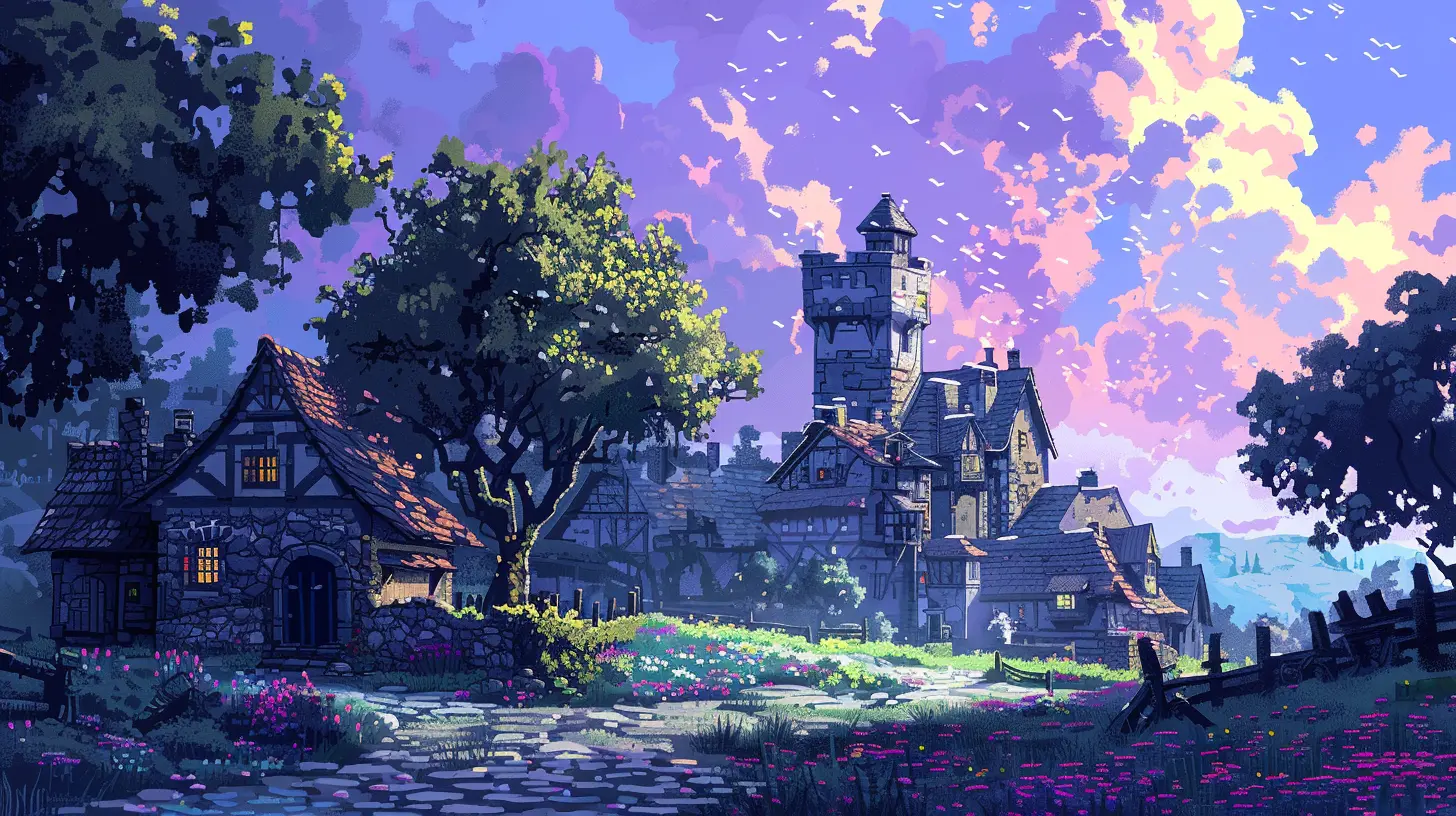
What Is Nostalgia, and Why Does It Matter in Games?
Nostalgia isn’t just a trip down memory lane—it’s like a warm hug for your soul. It’s that emotional connection to something familiar, something that reminds you of happier, simpler times. In gaming, nostalgia is often tied to the sounds, visuals, and gameplay mechanics of retro games.Think about it. The chiptune beats of an 8-bit soundtrack or the pixelated graphics of a classic RPG can instantly send you spiraling back to Saturday mornings spent in front of a bulky CRT TV. It’s not just about reliving the past; it’s about the feelings associated with those memories. Those feelings are what indie developers aim to capture.
Games like Celeste, Stardew Valley, and Shovel Knight don’t just mimic old-school games—they bring their essence into a modern context. And trust me, there’s more to this than just a devotion to retro aesthetics.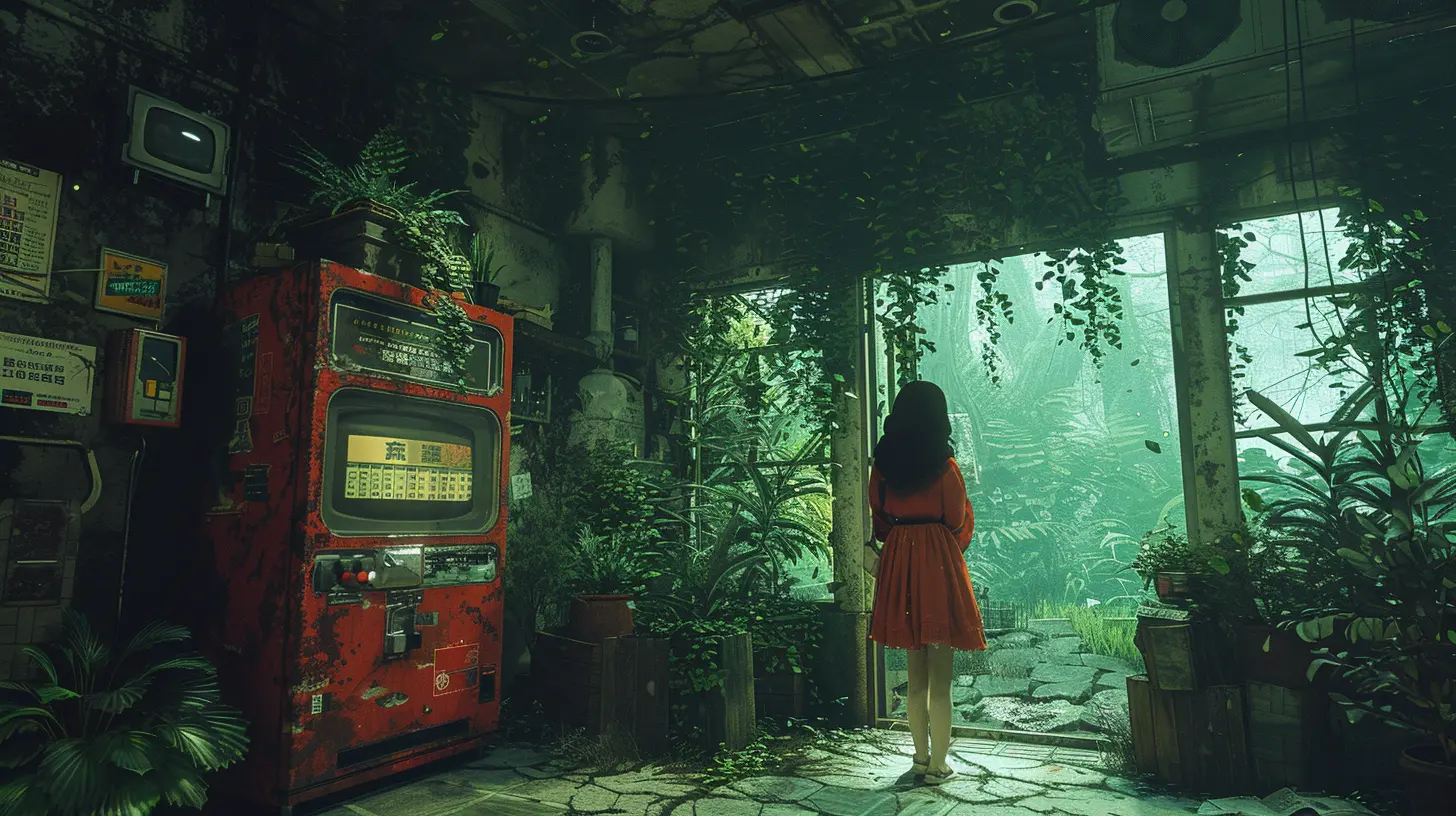
The Indie Game Scene: A Perfect Playground for Nostalgia
Let’s be real—indie developers are the underdogs of the gaming world. They don’t have the massive budgets or large teams that AAA studios do, but what they lack in resources, they more than make up for in creativity and heart. Nostalgia is one of the secret weapons in their arsenal.Why does nostalgia fit so snugly into the indie game scene? Because indie developers often grew up playing the same games we all did. They’re not just creating games—they’re crafting love letters to the experiences that made them fall in love with gaming in the first place.
Take Undertale, for example. It’s a quirky, emotionally charged RPG heavily inspired by games like EarthBound. But it doesn’t just copy the past; it builds on it, creating something entirely new while still making players smile and think, “Wow, this feels familiar.” Indie games embrace nostalgia not as a crutch but as a foundation to build upon.
How Nostalgia Drives Player Connection
Okay, here’s the deal: nostalgia is emotional glue. It binds players to a game by tugging at their heartstrings. Indie games often use this emotional connection to foster a sense of belonging and trust.When you see pixel art or hear a retro-inspired soundtrack, your brain fires up its memory banks. You’re suddenly 10 years old again, sitting cross-legged on the carpet, smashing buttons, and losing track of time. This emotional resonance primes you to invest in the game on a personal level.
For example, Hollow Knight evokes the eerie yet comforting vibe of classic Metroidvania games, but it combines that with modern design elements and a rich story. Players feel like they're revisiting a beloved friend but discovering a whole other side of them. Nostalgia becomes the gateway for deeper engagement.
The Design Elements that Spark Nostalgia
Alright, so how exactly do indie developers pull this off? Let’s break it down:1. Pixel Art That Hits You Right in the Feels
Pixel art is timeless. While AAA games are chasing photorealism, indie devs embrace the simplicity of pixelated visuals. But don’t mistake simplicity for laziness—every pixel is deliberate, designed to invoke memories of the 8-bit and 16-bit eras. Think Hyper Light Drifter or Katana ZERO. A single sprite holds as much storytelling potential as a blockbuster cutscene.2. Retro Soundtracks That Transport You
There’s just something about a chiptune melody that sticks in your head, isn’t there? Indie composers like Lena Raine (Celeste) or Disasterpeace (Fez) create soundscapes that blend nostalgia with modern flair. The result? Music that feels both classic and fresh at the same time, wrapping you in a cocoon of retro vibes.3. Gameplay Mechanics with a Twist
Nostalgia doesn’t mean stale gameplay. In fact, indie games often take old mechanics and breathe new life into them. Shovel Knight feels like a mashup of Mega Man and DuckTales, but it introduces modern quality-of-life improvements (hello, checkpoints) and a unique shovel-wielding mechanic that feels fresh.4. Storytelling That Resonates
Back in the day, games didn’t always have elaborate stories. But today, with the rise of indie games, developers weave narratives that hit you in the gut. Undertale revamped traditional RPG storytelling with humor, heartache, and moral dilemmas. It reminds us of classic RPGs, but delivers an emotional punch those games couldn’t reach back then.Why Nostalgia Isn’t Just Marketing
Some people shrug off nostalgia in games as a cheap marketing ploy. And yeah, let’s admit it—there’s some truth to that in other industries. But in indie gaming, it’s different. Nostalgia isn’t about capitalizing on trends; it’s about celebrating them.Indie developers aren’t just copying the past for a quick buck. They’re revisiting it, learning from it, and adding their own twist. It’s like a musician covering a classic song—not just to mimic it, but to reimagine it for a new audience while honoring what made it special in the first place.
Nostalgia as a Universal Language
The coolest thing about nostalgia? It’s universal. You don’t have to have grown up in a specific era to feel it. Even if you’ve never played the classics, games that lean on nostalgia still resonate. They tap into timeless themes: discovery, adventure, challenge, and camaraderie.For someone who missed out on the retro gaming era, playing a game like Axiom Verge or Sonic Mania can still feel magical because these elements are inherently human. That’s the timeless power of good game design.
What’s Next for Nostalgia in Indie Games?
So, where does it all go from here? Nostalgia in indie games isn’t going anywhere. But as technology evolves, developers will continue finding new ways to reimagine the past while staying innovative. Maybe we’ll see VR take on pixelated worlds or AI-assisted tools that help creators craft modern games infused with retro charm.The point is, nostalgia will always have its place in gaming. After all, gaming history is rich and brimming with inspiration, and indie developers are just the kind of dreamers to keep bringing it to life.
Closing Thoughts
Nostalgia in indie game design isn’t just about looking back—it’s about taking what we loved, what made us laugh, cry, and stay up past bedtime, and shaping it into something meaningful for today’s audience. It’s a bridge between generations of gamers, a love letter to the past, and a promise that good design will always stand the test of time.So the next time you find yourself enchanted by a game that feels familiar but fresh, take a moment to appreciate the artistry behind it. Indie developers aren’t just making games; they’re crafting memories—for you, for me, for all of us.
all images in this post were generated using AI tools
Category:
Indie GamesAuthor:

Emery Larsen
Discussion
rate this article
2 comments
Caden Carr
Nostalgia serves as a powerful conduit, bridging the gap between past experiences and present creativity. In indie game design, it fosters emotional connections, sparking a unique blend of memory and innovation that resonates deeply with players, reminding them of simpler times while exploring new narratives.
November 4, 2025 at 4:03 AM

Emery Larsen
Thank you for your insightful comment! I completely agree that nostalgia plays a vital role in shaping emotional connections and creativity in indie games, enhancing player experiences and storytelling.
Abigail Love
Nostalgia is a powerful tool in indie game design, crafting deep emotional connections that resonate with players. By blending familiar elements with innovative gameplay, developers can create memorable experiences that honor the past while forging new paths.
July 25, 2025 at 3:28 PM

Emery Larsen
Thank you for your thoughtful comment! I completely agree that nostalgia can evoke strong emotions and enhance the gaming experience by bridging the gap between cherished memories and new innovations.
